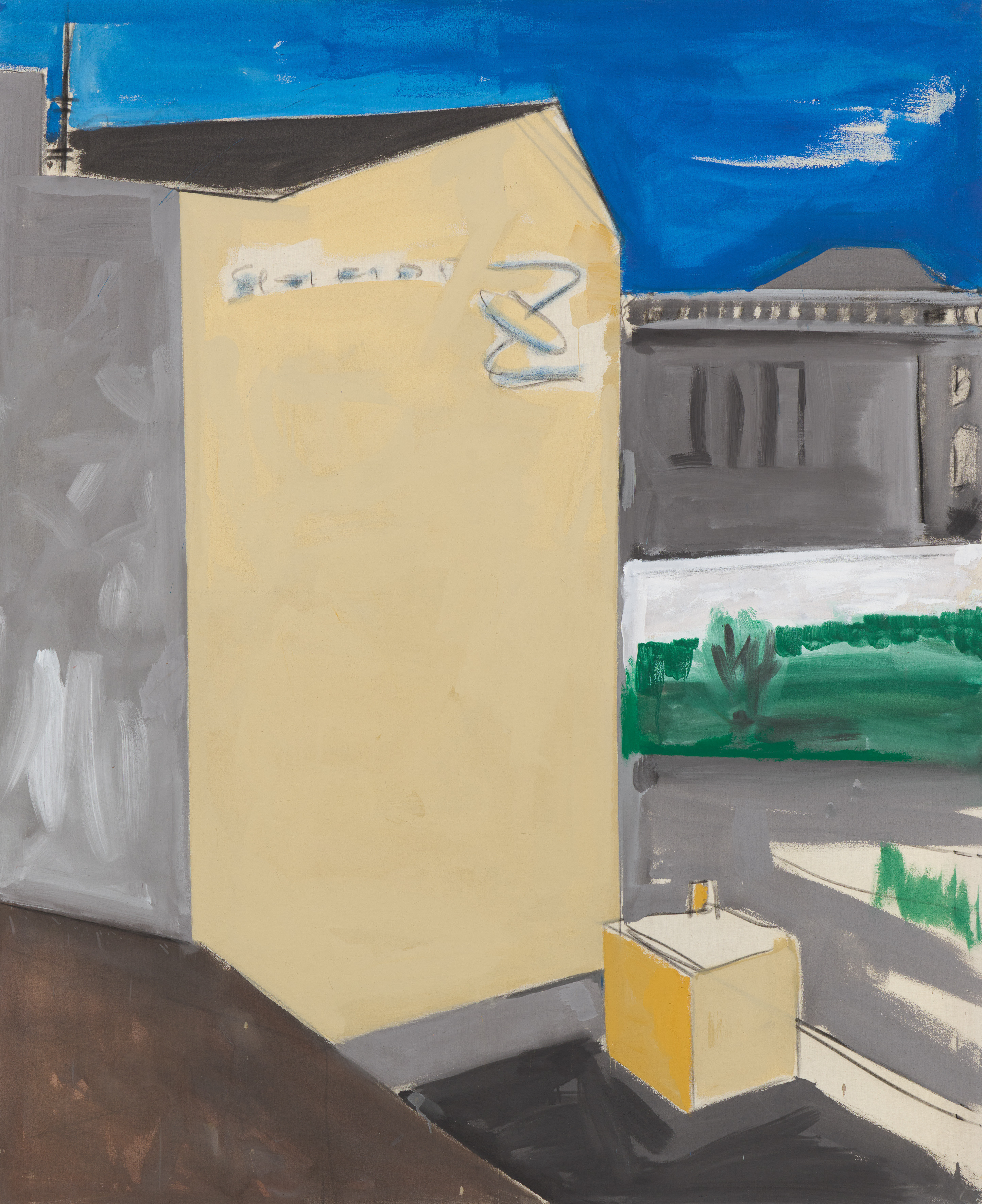HÖDICKE, KARL HORST
1938 Nuremberg - 2024 Berlin
Title: Brandwand.
Date: 1977.
Technique: Mixed media on canvas.
Measurement: 190 x 155cm.
Notation: Signed and dated verso upper right: Hödicke 77.
Provenance:
- Kasper König Collection, Berlin
Literature:
- Exhib. cat. Karl Horst Hödicke. Malerei 1961-2015, Hall Art Foundation Kunstmuseum, Schloss Derneburg, Cologne 2019, no p. ill.
Liberator of figuration
Today, Karl Horst Hödicke is considered one of the most important representatives of ' Neue Figuration (New Figuration)'. With his large-format, colourful works, he made a decisive contribution to the figurative painting of the post-war period. Hödicke's artistic position formed an antithesis to the abstract art that prevailed in the 1960s. Born in Nuremberg, the painter moved to Berlin with his family in 1957 at the age of 19. During his youth in southern Germany, he increasingly came into contact with works by the 'Der Blaue Reiter' group. The radiant colourfulness of the works had a decisive influence on his decision to become an artist and was later reflected in his own oeuvre.
Chronicler of the metropolis
The painters of the 'New Figuration', including Georg Baselitz, Jörg Immendorff and A.R. Penck, revolted against what they saw as the overly intellectual and inaccessible German informal style. Hödicke's oeuvre deals with the thematic complex of the metropolis, in particular with West Berlin as his place of work. However, he does not see himself as a pure chronicler, but rather documents sensory impressions and the attitude to life. Hödicke captures various urban scenes with a dynamic gesture. He works not only with a brush, but also with his own squeegee technique, with which he creates an increasingly anonymous and less personal gesture. This goes hand in hand with the anonymous atmosphere of the metropolis.
Hödicke's view of Berlin
This large-format work from 1977 shows a typical Berlin scene. It is a stealthy view from one of the backyards, past unadorned, largely windowless façades that reveal a view of a classicist building. The small green area almost seems like a cell of resistance in the dreary grey of the big city. A rich, deep blue sky crowns the scenery and inevitably reminds the viewer of Hödicke's enthusiasm for the visual language of the artists' group "Der Blaue Reiter". The work demonstrates Hödicke's outstanding abilities, which brought German figurative painting back to international importance for the first time after the Second World War.

